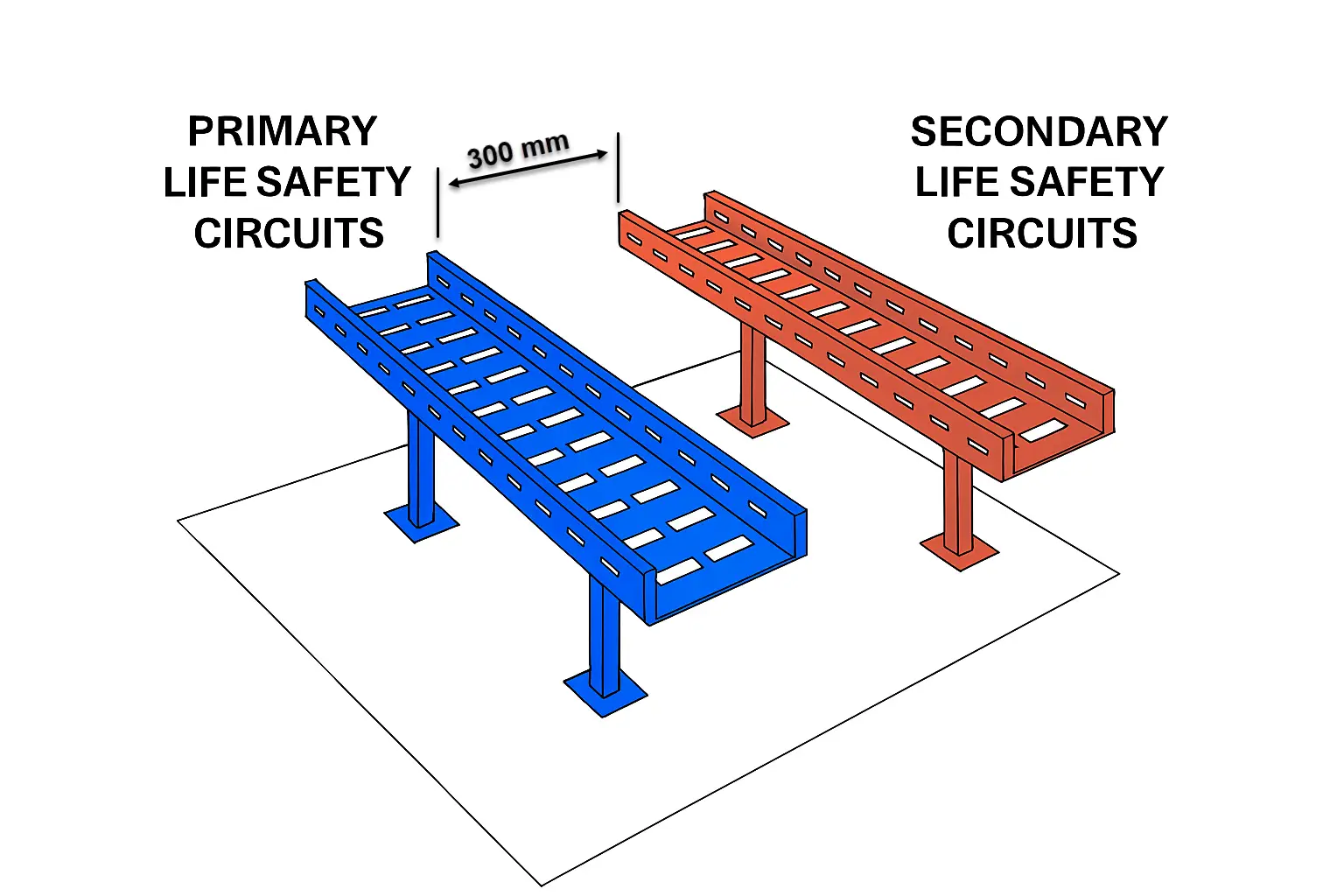- Created:
- Jarek Wityk
- Category: Dictionary, Management, Organization of information
- Updated: 2025-02-18
data
Revit Guides
Data Management
ELI5-S1 BIM Basics E18_data
Understanding Data in BIM: The Foundation of Smart Asset Management
When we think about Building Information Modeling (BIM), it’s easy to get lost in the complexity of designs, assets, and management strategies. But at the core of every successful BIM project lies one fundamental element: data.
In this blog post, part of our ELI5 BIM Basics series, we’ll break down the importance of data in BIM—how it’s collected, why it’s essential, and how it transforms into the powerful tool that drives decision-making.
What Is Data in BIM?
Data is the raw evidence that we gather about an asset. Whether it’s a simple dimension, the type of material used, or the cost of a component, data is the building block for all the information we manage in BIM. On its own, however, data can be overwhelming and sometimes meaningless. It’s when we give data context that it becomes useful—and that’s where information comes in.
Data vs. Information
Imagine you’re building a house. You might collect data like the width of a door or the quantity of bricks. But without context, these numbers don’t tell you much. Once that data is processed—such as determining how those measurements impact the overall structure—it transforms into information, something we can act on.
In BIM, this conversion from data to information is crucial. Data alone is just a list of facts, but when we understand what those facts mean, we can use them to make smarter decisions, manage risks, and improve outcomes for the project.
It is best to define “data” in the context of “information”. Data is the evidence, while information provides context for that evidence.
Data is a very complex term to define because it does not exist independently of the ideas, instruments, practices, context, and knowledge used to generate, process, and analyse it. However, many accept that data is the elements extracted through observation, computations, experiments, and record keeping. They include network, asset, and organizational data. [1]
Why Data Matters
At every stage of the asset lifecycle—whether in design, construction, or operation—data plays a vital role:
- It helps track materials, dimensions, and costs.
- Provides insights into performance, efficiency, and sustainability.
- Facilitates communication between teams, ensuring everyone has the correct information at the right time.
In BIM, well-organized and contextualized data allows us to understand the big picture—from project budgets to carbon footprints. Data-driven decision-making means fewer mistakes, more predictable outcomes, and ultimately, a more successful project.
How Is Data Collected?
Data in BIM comes from various sources:
- Measurements taken on-site
- Observations from real-world scenarios
- Calculations based on engineering principles
- Experiments to test materials or structures
- Records from past projects or asset management systems
Each piece of data collected builds a detailed picture of the asset, allowing project teams to predict, manage, and improve outcomes throughout the lifecycle of the asset.
Data in Context: The Key to BIM Success
At its heart, BIM is about managing assets with better information. This process starts with data but doesn’t stop there. BIM tools and processes give us the framework to convert raw data into actionable information. This shift allows teams to:
- Collaborate more effectively.
- Understand the performance of an asset over time.
- Make decisions that save time, money, and resources.
By attaching data to each part of an asset, BIM helps us track everything from the dimensions of a room to the materials used in construction. The result? Better asset management, reduced waste, and more efficient use of resources.
Conclusion: Data Is the New Currency
In today’s digital age, data is more valuable than ever. It’s the foundation of smart asset management, allowing us to understand and optimize every aspect of a BIM project. From planning to operation, data transforms into the information that powers the built environment.
Stay tuned for more posts in our ELI5 BIM Basics series, where we continue to break down the complexities of BIM in simple, easy-to-understand terms.
If you’re interested in learning more about how data drives BIM, check out our resources or reach out to the team at PROJECT DESIGN (IO) LTD.
Related Resources:
- Organizational Driver in BIM
- Understanding the Common Data Environment
- BIM Information Exchange Explained
[1] Gürdür Broo, D., Lamb, K., Juvenile Ehwi, R., Anneli Pärn, E., 2020. Four Futures, One Choice: Options for the Digital Built Britain of 2040. Researchgate.
Industrial Internet of Things (IIoT)
The industrial IoT (IIoT) forms an integral part of Industry

Separation Gap for Primary and Secondary Life Safety Cable Trays Roof Installation)
UK electrical and fire safety standards do not prescribe a fixed minimum separation distance for roof-mounted life-safety cable trays. However, BS 7671, BS 8519, and BS 5839 collectively establish that life-safety circuits must be installed on dedicated containment and be either separated by barriers or adequately distanced to ensure circuit independence.
BS 8541-2:2011
Library objects for architecture, engineering and construction Part 2: Recommended

